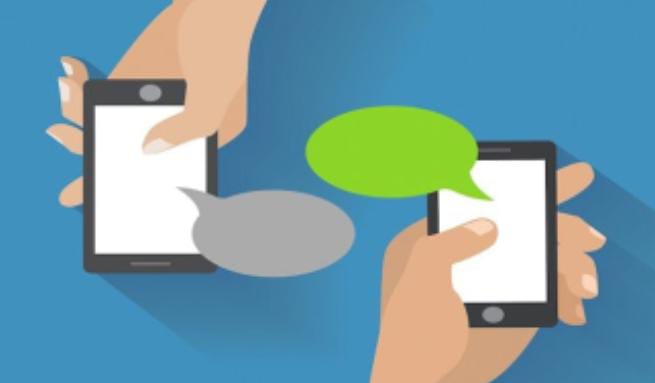
4.CTA Mastery: Crafting an Effective Call to Action in SMS
Every marketer understands that the most enticing product packaging holds little value if it doesn’t nudge the customer toward a purchase. This nudge is what we call a Call to Action (CTA), and its importance is magnified in SMS messaging, where brevity is key.
What is a CTA?
A CTA, or Call to Action, is a concise phrase or image that urges your potential customer to take a specific action. It serves as the cornerstone of sales in marketing. In the realm of SMS messaging, the CTA plays a crucial role. SMS recipients are already engaged and, if part of your base, likely loyal. They just need that extra push in the right direction.
CTAs, or action prompts, can vary from direct calls to purchase to indirect methods like collecting leads. The key is to guide the recipient on what to do to achieve what they desire.
Why Use CTA?
According to the Delhi Internet Marketing School, a personalized CTA increases conversion rates by 42%. This underscores the fact that the CTA is the primary driver of business and sales.
Consider this example: “Oleg, today only, buy a folding knife (company name), and we’ll give you 2 sheaths for free.” A tempting offer, but what’s the next step for Oleg? Now, add a CTA: “Oleg, buy a folding knife (company name), and we’ll give you 2 sheaths for free. Follow the link and place your order (link).” Clear, right? Oleg received a compelling offer and promptly took action. That’s the magic of CTA—an actionable instruction for a win-win scenario.
How to Craft an Effective CTA?
Crafting an effective CTA is straightforward, focusing on clarity and relevance:
- Define Your Offering:Clearly identify the product or service you’re promoting in the SMS campaign. This clarity is essential for a successful CTA.
- Set Campaign Goals:Define the goal of your SMS campaign, whether introducing a new product or selling remaining stock. The goal shapes the CTA.
- Write a Persuasive CTA:Based on the first two points, determine the type of CTA needed. It could encourage a purchase, stimulate interest, promote subscriptions, or drive attendance.
Here are two examples following these principles:
Example 1: Facial Cream
Purpose: Introduction to the new line
CTA: Visit the product page
“Mary, discover enhanced care for your face. Explore the new Mirage cream on the website (link).”
Example 2: Back Massage Service
Purpose: Sale of a gift certificate
CTA: Purchase a certificate
“Unsure about the perfect March 8th gift? Grab a gift certificate for 2 hours of professional back massage with an -8% discount.”
Remember, keep SMS messages concise, ensure CTAs offer tangible benefits, communicate in a straightforward manner, and always personalize campaigns. Experiment with verbs, alter SMS structures, and try diverse approaches to discover your path to an effective sales channel through SMS.



